27 November 2013 Mark D Brisbane, Qld, AUSTRALIA 20:15 AEST (UTC+10)
9 seconds N-S Facing West Red main body with yellowish tail Venus Started as one moving light, fragmented into 2 clusters, larger cluster at the top, maybe 20-30 fragments, smaller cluster at the bottom, maybe 5-10 fragments awesome. scared the kids a little bit!27 November 2013 Tiff Logan City, Qld, AUSTRALIA 1955
About 10 seconds. North-SouthWest Viewed facing west. Yellow/white. No sound. At least as big and bright as the moon. Started out big and solid then as it travelled it broke up into numerous smaller pieces that fizzled out. It was very, very low and fairly slow. I've never seen anything like it. Amazing!27 November 2013 Delgray Mountain creek, Sunshine Coast, QLD Australia Between 7.30-8pm
10-15 seconds N/NE - S/SW White/yellow/gold, no sound Possibly the moon but a bit more yellow co,luring Yes, definitely fragmentation, 1 major part and the numerous trailing afterwards I am not sure what this was, defiantly had numerous fragments and wasn't moving too fast across the sky, but disappeared down to the SW of maybe Brisbane city, AUSTRALIA
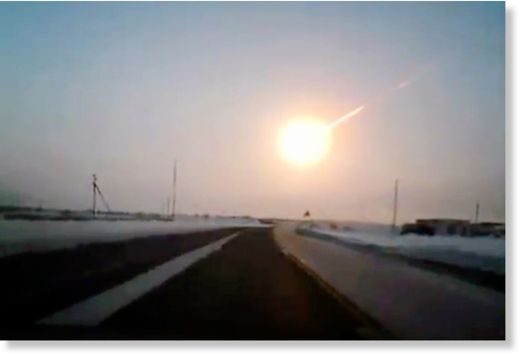
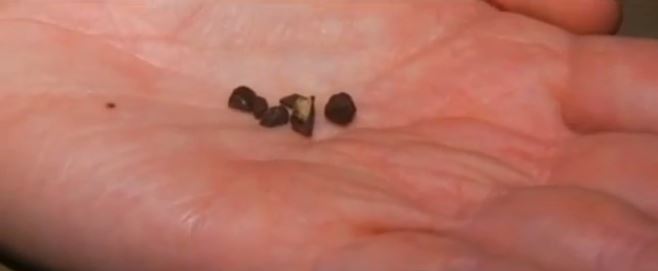
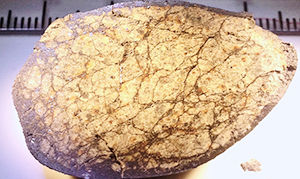

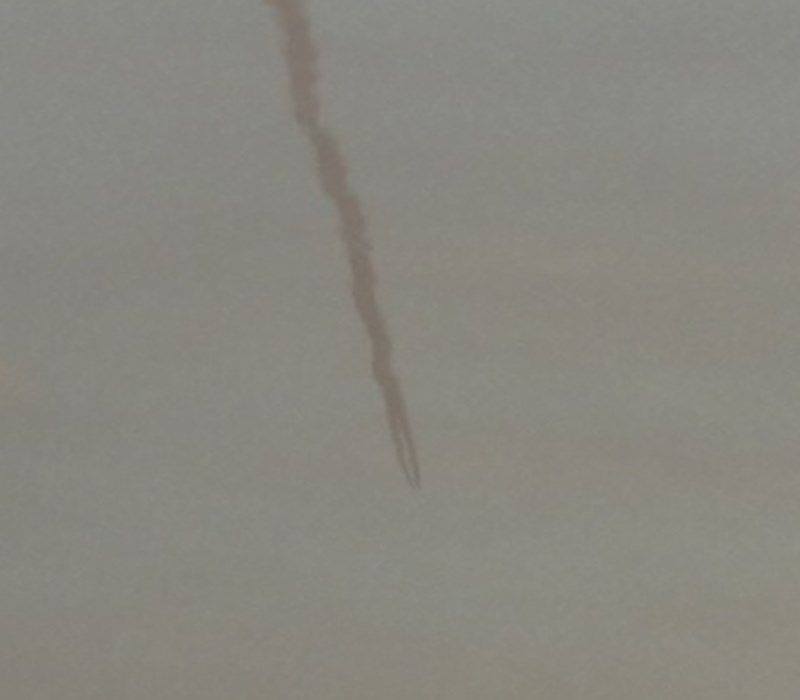
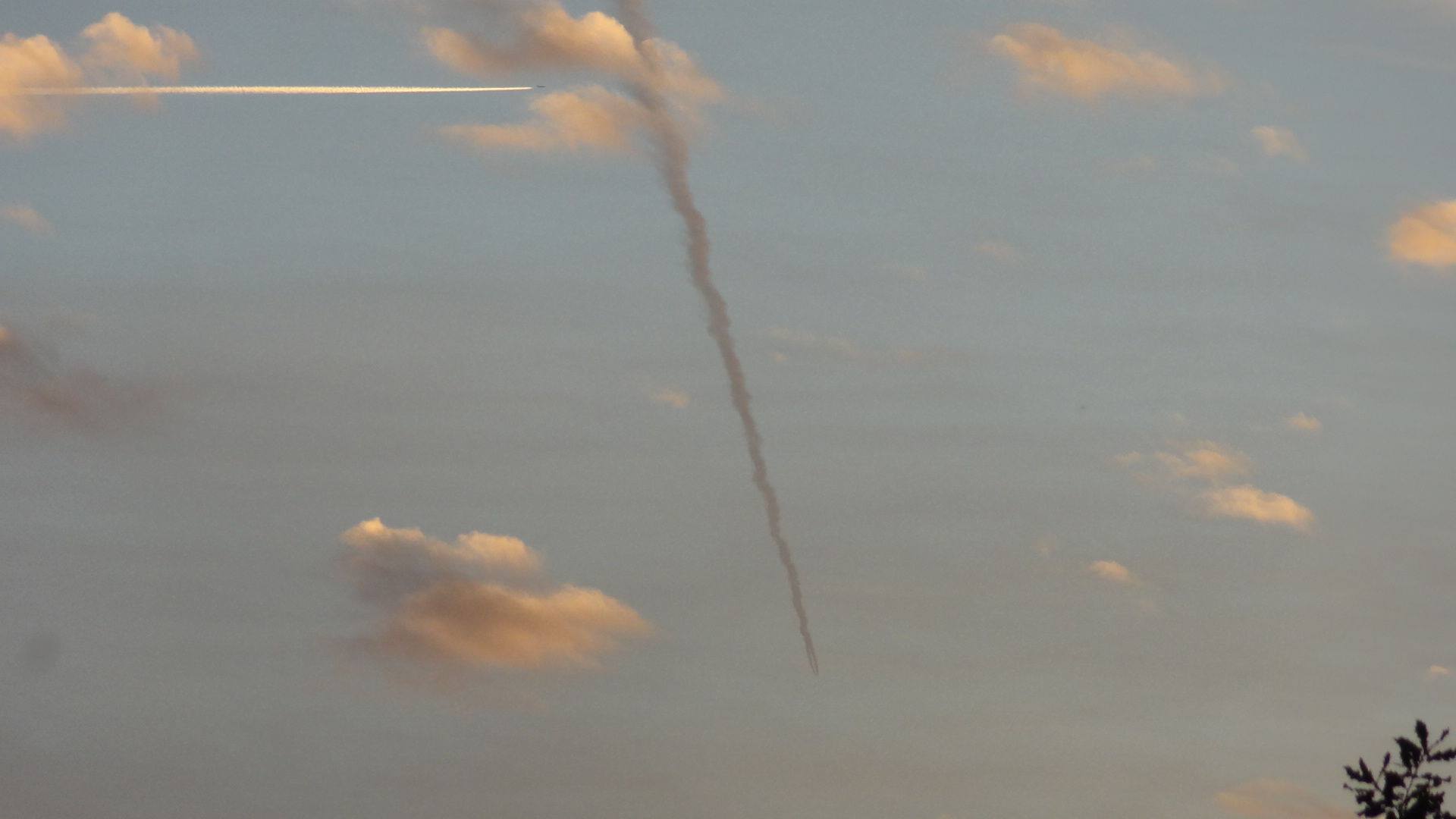

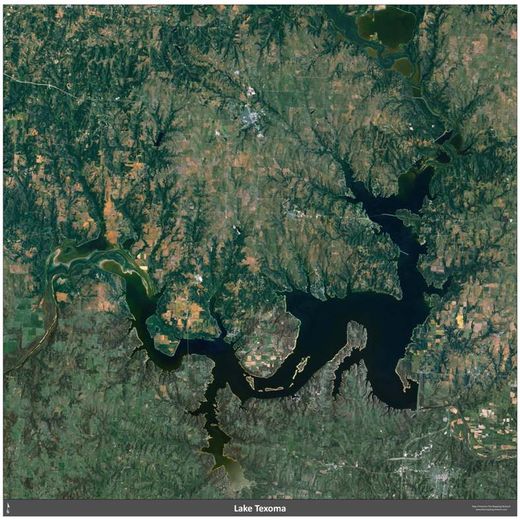



Comment: The reporter assures us that meteorites have only hit the ground "4 times in Florida's history", which may or may not be the case. In the meantime, however, according to the American Meteor Society, there have been hundreds of reports of fragmenting fireballs seen overhead, and from around the world, in just the past few months alone, including dozens over Florida.
Officially, no one has ever been killed by a meteorite, but official history is, of course, bunk:
Meteorites, Asteroids, and Comets: Damages, Disasters, Injuries, Deaths, and Very Close Calls